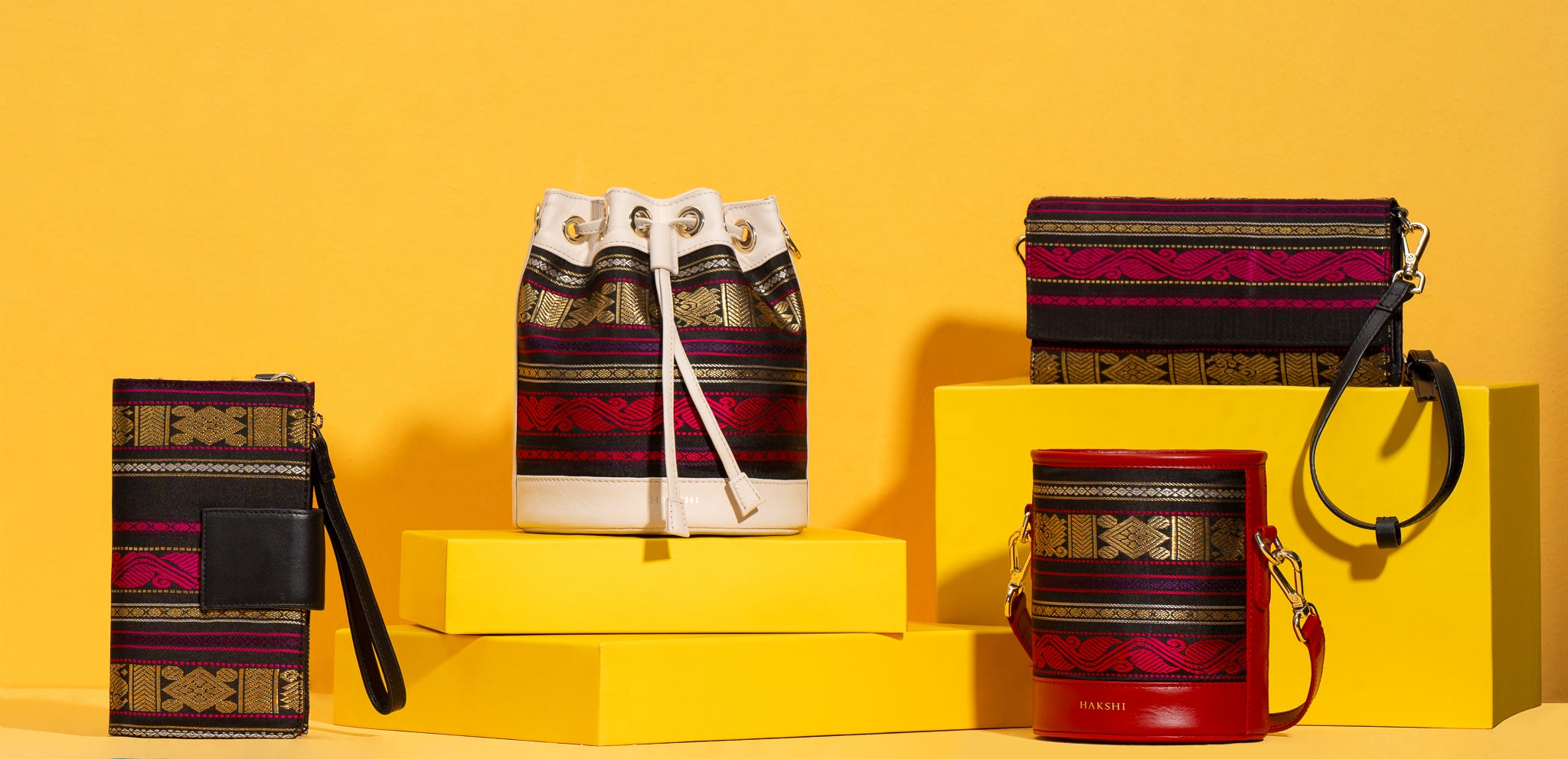Top 10 Traditional Dresses of India | A Journey Through Indian Traditional Clothing
India is a land where every fabric tells a story woven with colours, patterns, and traditions that span thousands of years. From the regal Kanjivaram silk sarees of Tamil Nadu to the mirror-worked Ghagra Cholis of Rajasthan, the traditional clothing of India reflects its cultural heritage, artistry, and identity.
Each region in India brings its own charm, celebrating local craftsmanship and ancient weaving traditions. Let’s explore the top 10 traditional Indian dresses that continue to define grace, culture, and timeless beauty.
1. Tamil Nadu – The Grace of Kanjivaram Silk Sarees
Tamil Nadu is world famous for its luxurious Kanchipuram silk sarees. Handwoven using pure mulberry silk, these sarees are known for vibrant colours, contrasting borders, and intricate zari motifs inspired by temples and nature
For men, the Veshti (dhoti) paired with an Angavastram (shawl) remains a symbol of traditional pride. Young girls often wear the Pavadai Sattai, a traditional half-saree ensemble.
Explore the wedding Kanchipuram silk collection for bridal and festive occasions.
2. Kerala – Elegance in White and Gold
Kerala’s traditional attire reflects purity and simplicity. Women wear the Kasavu saree or Set Mundum, a graceful combination of white fabric bordered with golden zari. Men wear the Mundu with a simple cotton shirt or angavastram, perfect for Kerala’s serene traditions and humid climate.
3. Rajasthan – Colours of Royalty
Rajasthan’s vibrant culture shines through its colourful attire. Women wear the Ghagra Choli, decorated with Bandhani tie dye patterns, mirror work, and embroidery. Men sport the Angrakha with a Dhoti and Pagri (turban).
The riot of colours and intricate handwork represent the region’s joyful spirit and royal heritage.
4. Gujarat – The Land of Bandhani & Patola
Gujarat’s traditional clothing is full of energy and life. Women wear Chaniya Cholis adorned with mirror work, and exquisite Patola sarees that display geometric ikat patterns woven in pure silk.
Men wear the Kediyu (short frock-style kurta) with a Dhoti and colourful turban.
Discover the artistry of Patola and Bandhani silk sarees, now available at Clio Silks.
5. Punjab – Vibrant and Lively Attire
Punjab’s traditional wear reflects vibrancy, strength, and culture. Women wear the Patiala Salwar with short Kurtis and a Phulkari Dupatta hand embroidered with colourful floral motifs.
Men wear Kurta Pajamas and the iconic Turban, representing honour and identity. Phulkari work continues to be a symbol of Punjabi artistry and tradition.
6. West Bengal – Weaves of Grace and Art
The sarees of West Bengal are celebrated for their elegance and storytelling. The Tant saree is perfect for everyday wear, while the Baluchari saree features mythological scenes woven in silk.
Men typically wear a Dhoti and Kurta, representing Bengal’s intellectual and cultural depth.
7. Assam – Threads of Tradition
Assam’s traditional attire is defined by its rich silks and handloom craftsmanship. The Mekhela Chador worn by women is elegant and comfortable.
Fabrics like Muga and Eri silk, indigenous to Assam, add a golden sheen and softness to the drape. Men wear Dhoti and Gamosa, a handwoven cloth used as a mark of respect.
8. Maharashtra – The Pride of Paithani and Nauvari
Maharashtra’s traditional wear blends beauty and functionality. The Paithani saree, crafted from pure silk and gold zari, is adorned with peacock and floral motifs.
Women also wear the Nauvari saree, draped in a unique dhoti style. Men wear Dhoti-Kurta with a Pheta (turban), symbolizing pride and honour.
9. Karnataka – The Elegance of Ilkal and Mysore Silk
Karnataka’s traditional sarees, like the Ilkal and Mysore silk, are known for high-quality weaving and glossy finish. The Ilkal saree features distinct red borders and pallu, while the Mysore silk saree is prized for its sheen and zari craftsmanship.
Men wear Panche (dhoti) with an Angavastram, keeping tradition alive through generations.
10. Odisha – The Heritage of Sambalpuri Ikat
Odisha’s traditional Sambalpuri sarees are famous for their tie-and-dye Ikat technique, where patterns are pre dyed before weaving. Each piece showcases artistic motifs inspired by nature and mythology.
Men wear Dhoti and Kurta, celebrating the handloom culture that’s been preserved for centuries.
Conclusion
From the resplendent Kanchipuram silk sarees of Tamil Nadu to the intricate Patola sarees of Gujarat and Sambalpuri Ikats of Odisha, traditional Indian clothing is a living expression of India’s cultural heritage. Each outfit is not merely worn, it's cherished as a part of identity, celebration, and pride
Whether it’s a festival, wedding, or family function, traditional Indian dresses connect us with our roots while inspiring new generations to celebrate their heritage with elegance.
Shop Traditional Silk Sarees Online
Discover the timeless elegance of Indian handwoven sarees at Clio Silks, Chennai’s trusted silk-saree brand. Explore exquisite Kanchipuram silk sarees, wedding Kanchipuram collections, and other traditional drapes that celebrate craftsmanship and heritage.
Shop now and embrace the essence of Indian tradition one saree at a time.











Leave a comment